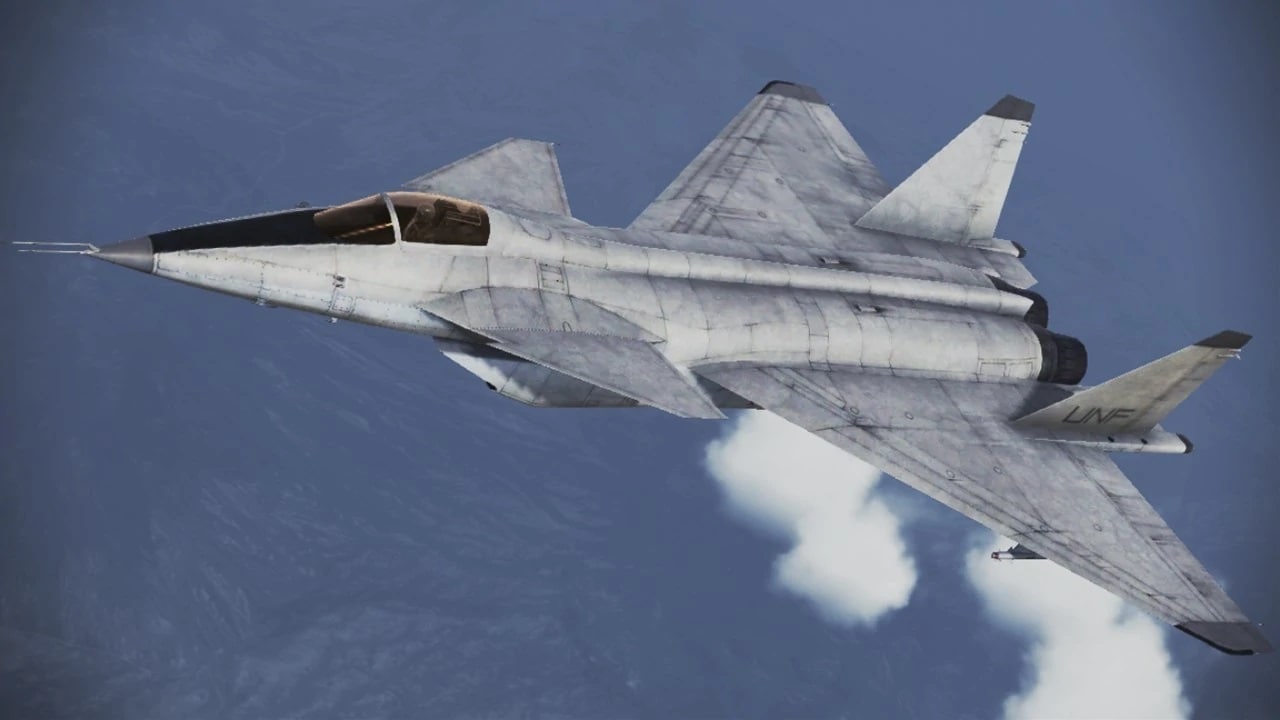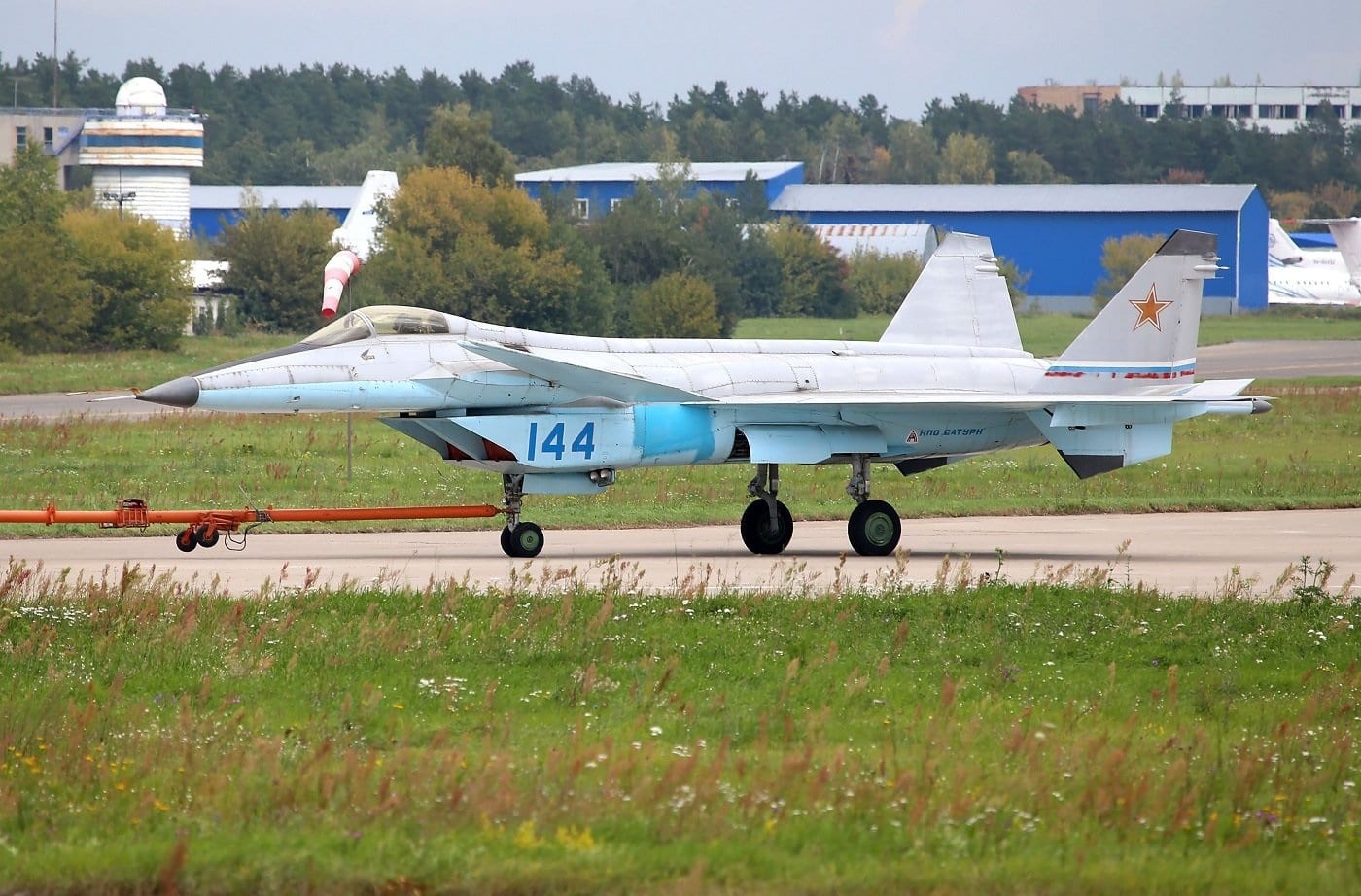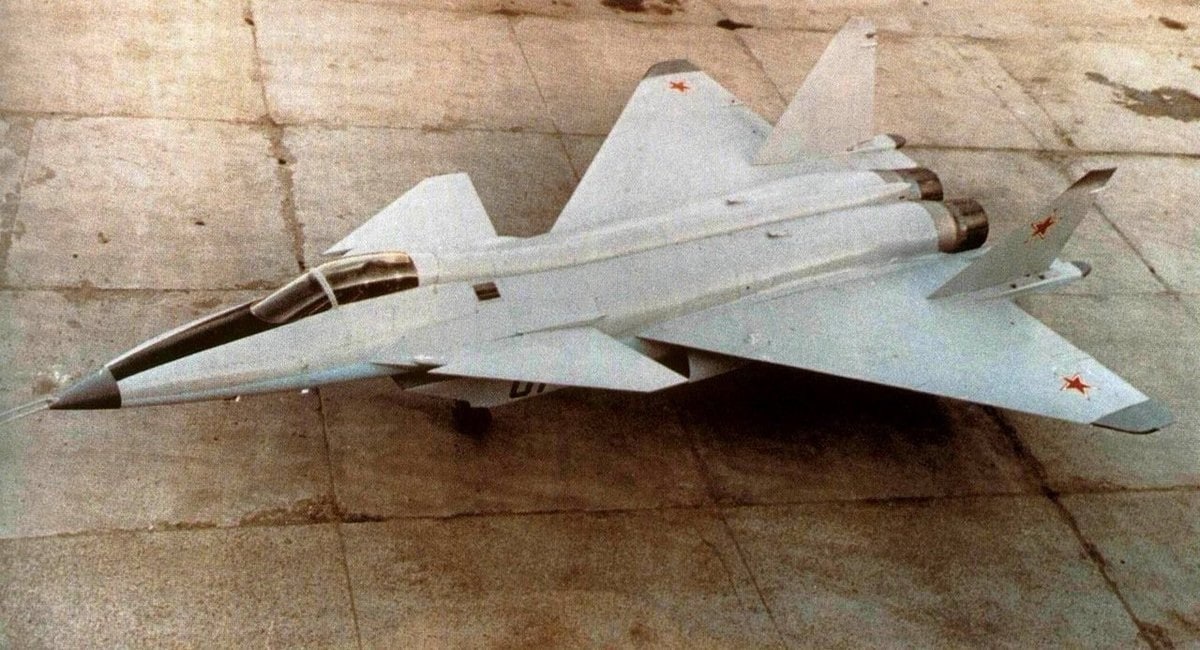Key Points: Russia’s bold attempt to create a fifth-generation stealth fighter to compete with the F-22 and F-35 was the Mikoyan MiG 1.44. The MiG-1.44, which was designed during the Cold War in the 1980s, promised MACH 2.35 speed, sophisticated avionics, supercruise capability, and state-of-the-art weapons.
However, the program was hampered by the post-Cold War economic downturn and a lack of funding, which kept it in the prototype stage until its termination in the 1990s. Notwithstanding its loss, the MiG-1.44 yielded important research for Su-57 and other future stealth aircraft.
-Russia could have significantly changed the balance of air power in the world if it had been successful.
MiG 1.44: Russia’s Failed Stealth Fighter That Could Have Changed History
After the conclusion of the Cold War, the Russian military would continue to face challenges. Due to a shortage of funding and workers to man the production lines, many defense plans stalled when the Soviet Union collapsed.
A lot of military equipment simply rotted on the vine. The Russians might have had some amazing warplanes that could have threatened the US and NATO allies if the Soviet Union had stayed together.
What Is the MiG Project 1.44?
The Mikoyan MiG Project 1.44 was a Cold War and post-Cold War initiative that you might not be familiar with.
This aircraft, which would have outperformed the F-35 and F-22, would have been a fourth-generation plus or even a fifth-generation aircraft. It failed and was a disaster in the end.
More About the Historical Era
To remind you of the enormous stakes of the 1980s, let me give you some background.
Ronald Reagan had planned a significant increase in the size of the military. The F-16 Fighting Falcon, the F-15 Eagle, and the F-14 Tomcat ruled the sky.
Reagan even devised the renowned “Star Wars” program, also known as the Strategic Defense Initiative, which would employ lasers from “killing platforms” to destroy Soviet ICBMs before they could reach American soil. The Soviets were alarmed by this program and the enormous U.S. defense budget.
The MiG 1.44 was intended to provide the Soviets with an aircraft that would alter the equation and give them something to brag about, since the Russians would need a new fighter to stay competitive.
American Competition for a New Stealth Fighter
The Americans, meanwhile, weren’t happy with their non-stealth aircraft.
They established the Advanced Tactical Fighter Project, a brand-new initiative.
In comparison to the current non-stealth versions, this would seek to produce a supersonic radar-evading fighter with superior performance and specifications.
The competition between the Lockheed YF-22 and the stealthy Northrop YF-23 for the ATF project was known to the Russians.
High command delivered a message to the air force because the Kremlin’s intelligence specialists were frightened. Time to catch up, and catch up quickly.
Fast and Stealthy Russian Fighter
Following multiple initial programs with a variety of issues, the Kremlin ultimately decided on Project MiG 1.44.
The goal of the Russian engineers and designers was to create a stealth warbird with supercruise capability, world-class avionics, and an amazing MACH 2.35 speed.

The goal of MiG 1.44 was to create a prototype and technology demonstrator that would surpass the F-22 and F-35 and usher in the age of extremely rapid stealth flight.
The best precision-guided bombs the Russians had to offer, as well as sophisticated air-to-air and air-to-surface missiles, were among the several contemporary weapons available to the MiG-1.44.
Beating the F-22
The prototype was constructed in 1994. The Air Force’s morale was greatly raised by this.
Is it possible to schedule the technology demonstrator so that the aircraft can start serial production by the year 2000?
That implies that before the F-22 went into mass production, the Russians would switch to a fifth-generation fighter.
MiG 1.44 Goes Down
Regretfully, the Kremlin was unable to maintain MiG 1.44 due to financial constraints.
The initiative was abandoned because the technology demonstration was unable to get past the prototype stage.
Even though the United States was experiencing budget cuts and force reductions at the time, Russia’s defense sector lagged behind.
The Russian military suffered from the end of the Cold War, and the Soviet Union’s dissolution left little funding and human capital to continue experimental aircraft projects.

Thus, Vladimir Putin took over a faltering defense sector. The Russian navy was ignored, Islamist militants were committing acts of internal terrorism in Russia, and land fighting in Chechnya was not going well.
Project 1.44 provided research and development data for future Su-57 and Su-75 stealth fighters.
The experimental airplane’s test and assessment data could be used by Russian engineers to assist in the development of those stealth versions. Nevertheless, Project 1.44 was mostly a failure, and its cancellation owing to financial constraints and the military’s post-Cold War collapse was not surprise.
The Russians could have created a stealth fighter in the early 2000s and the air force could have obtained air superiority in the war in Ukraine to alter history, therefore it is fortunate that the Americans were able to make additional progress with the F-22 and F-35.













Leave a Reply